BPSim
BPSim, the industry’s most advanced, patented, analog sphygmomanometer simulator, can be used as a skills trainer or to add realism to high-fidelity simulations or standardized patient scenarios. When used as a skills trainer, the high-sensitivity air valve teaches precise air release control; the audio propagation characteristics force proper placement and pressure of the stethoscope; and the programmable blood pressure settings provide instructors with the ability to measure learner competence and understanding of proper blood pressure measurement techniques.
The programmable features of BPSim make it ideally suited to enhance high, mid and low-fidelity simulations by adding the ability to measure the simulated patient’s blood pressure, a critical component of clinical assessment. BPSim provides an additional layer of realism to standardized patient scenarios, by requiring learners to accurately measure pre-programmed blood pressure, rather than documenting reported patient values.
BPSim is app-based and when managed from your mobile device, it can be programmed for any range of blood pressure including: hypo-tension, normal, pre-hypertension, hypertension (stages 1 & 2) and hypertensive crisis. BPSim settings are configured through the BPSim mobile app, available on the Google Play Store and the Apple® App Store.
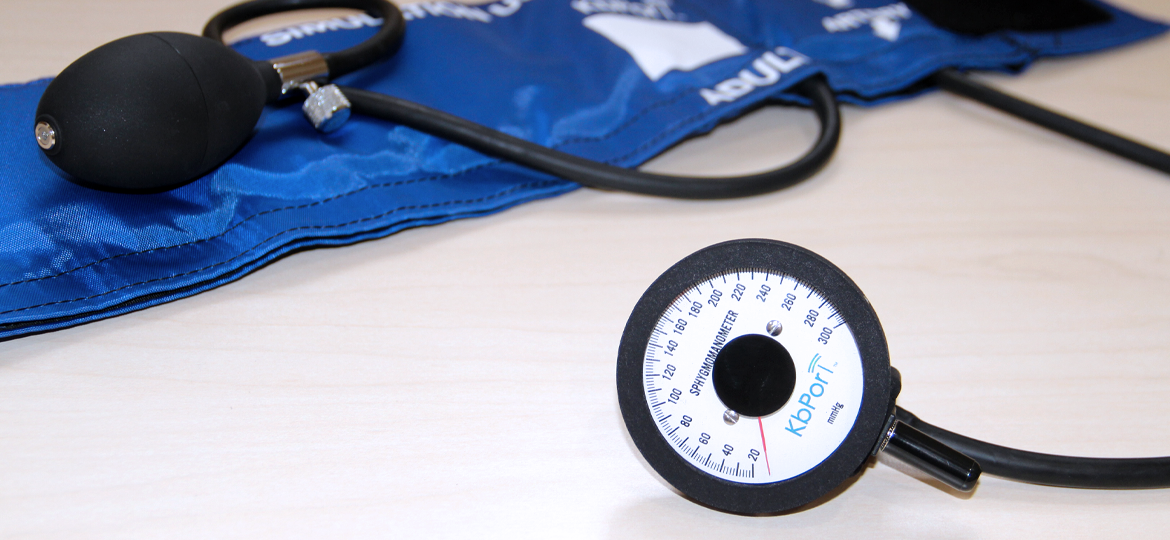
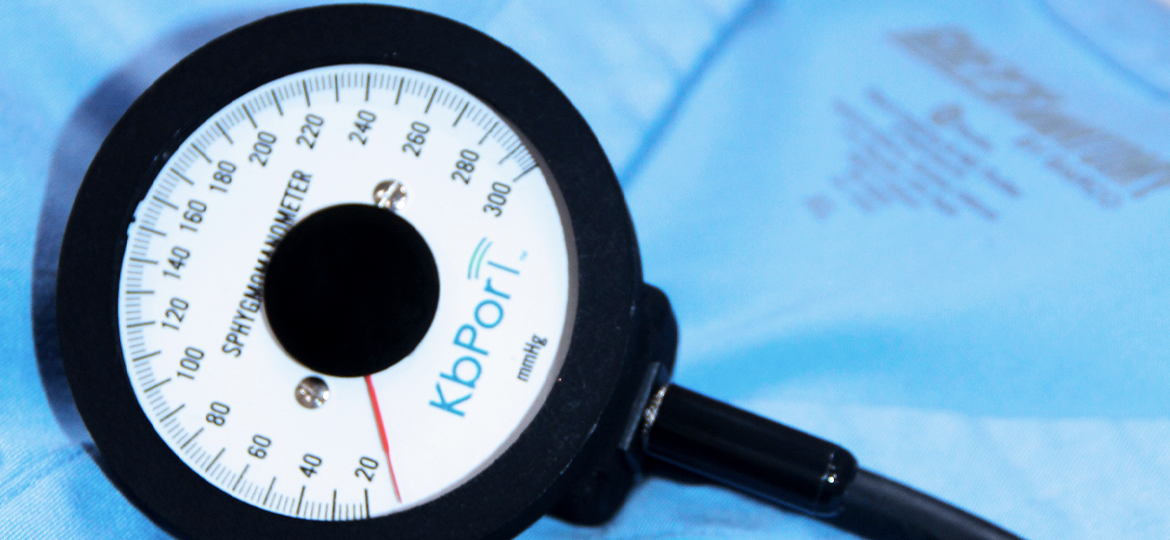
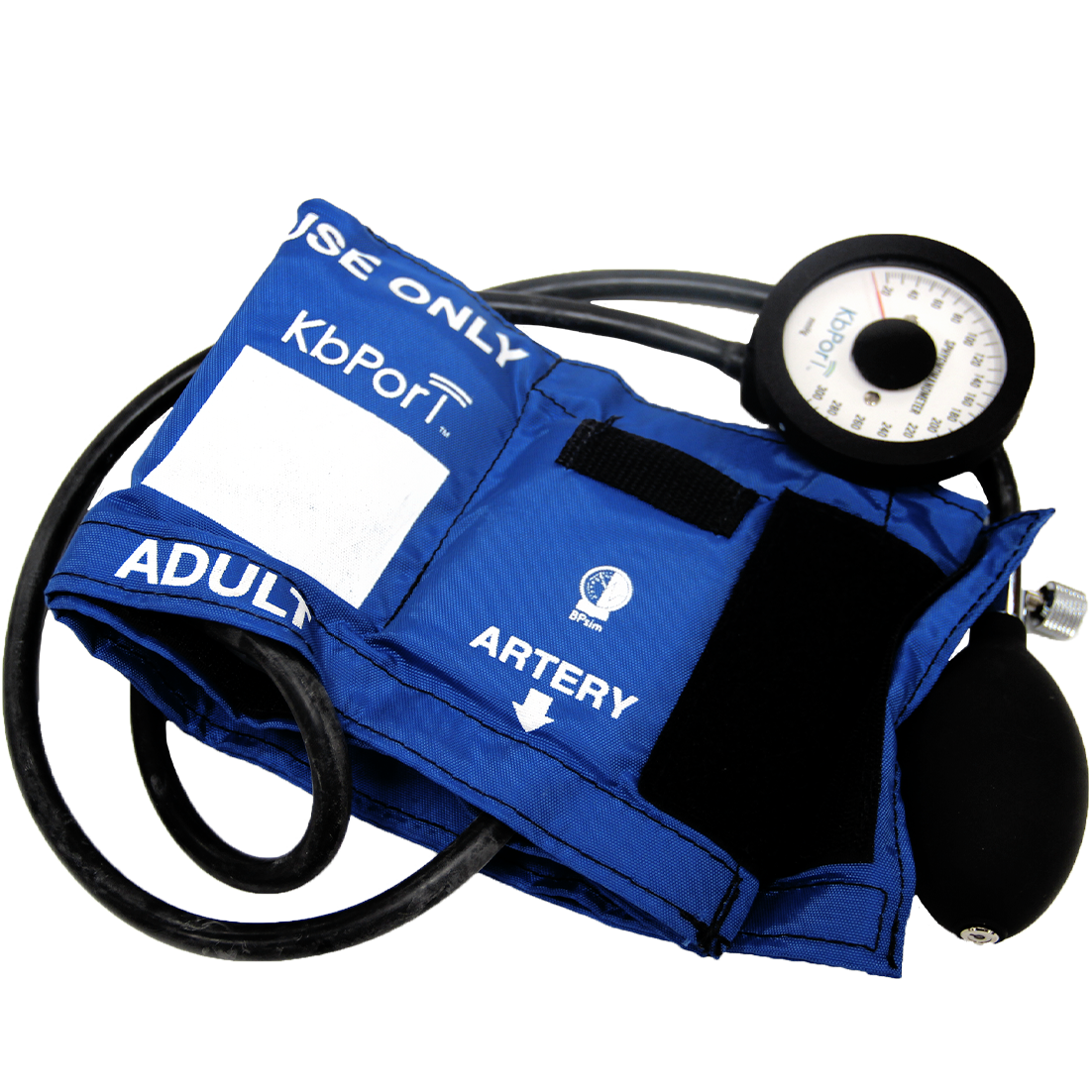
Features
- Works with any standard stethoscope
- Realistic design
- Analog sphygmomanometer
- Simulates all 5 Korotkoff phases
- Programmable settings
- Systolic and diastolic (mmHg)
- Heart rate
- Needle Bounce
- Up to 5 cuffs controlled by one mobile device
- Rechargeable battery
- 9 hours of usage
- High-sensitivity air valve
“Training healthcare providers in the psycho-motor aspects of blood pressure auscultation is crucial. The ability for learners to recognize appropriate Korotkoff sounds as well as perfect valve control for pressure relief are key.”
BPSim, the industry’s most advanced, patented, analog sphygmomanometer simulator, can be used as a skills trainer or to add realism to high-fidelity simulations or standardized patient scenarios. When used as a skills trainer, the high-sensitivity air valve teaches precise air release control; the audio propagation characteristics force proper placement and pressure of the stethoscope; and the programmable blood pressure settings provide instructors with the ability to measure learner competence and understanding of proper blood pressure measurement techniques.
The programmable features of BPSim make it ideally suited to enhance high, mid and low-fidelity simulations by adding the ability to measure the simulated patient’s blood pressure, a critical component of clinical assessment. BPSim provides an additional layer of realism to standardized patient scenarios, by requiring learners to accurately measure pre-programmed blood pressure, rather than documenting reported patient values.
BPSim is app-based and when managed from your mobile device, it can be programmed for any range of blood pressure including: hypo-tension, normal, pre-hypertension, hypertension (stages 1 & 2) and hypertensive crisis. BPSim settings are configured through the BPSim mobile app, available on the Google Play Store and the Apple® App Store.

Features
- Works with any standard stethoscope
- Realistic design
- Analog sphygmomanometer
- Simulates all 5 Korotkoff phases
- Programmable settings
- Systolic and diastolic (mmHg)
- Heart rate
- Needle Bounce
- Up to 5 cuffs controlled by one mobile device
- Rechargeable battery
- 9 hours of usage
- High-sensitivity air valve


“Training healthcare providers in the psycho-motor aspects of blood pressure auscultation is crucial. The ability for learners to recognize appropriate Korotkoff sounds as well as perfect valve control for pressure relief are key.”

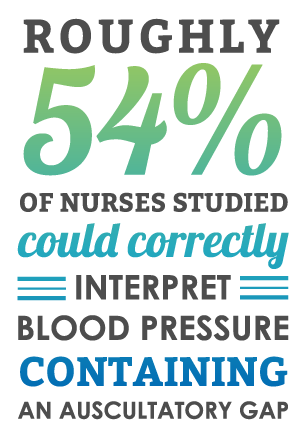
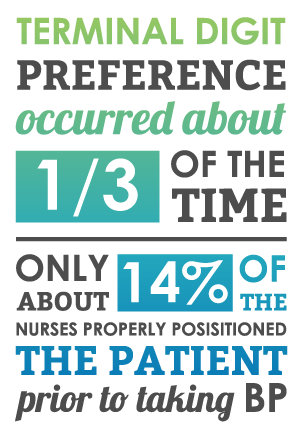
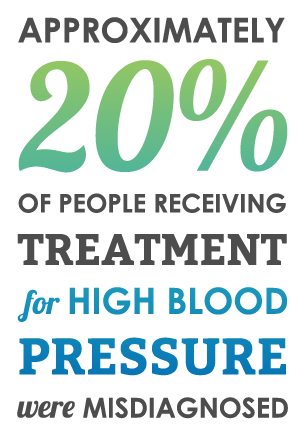

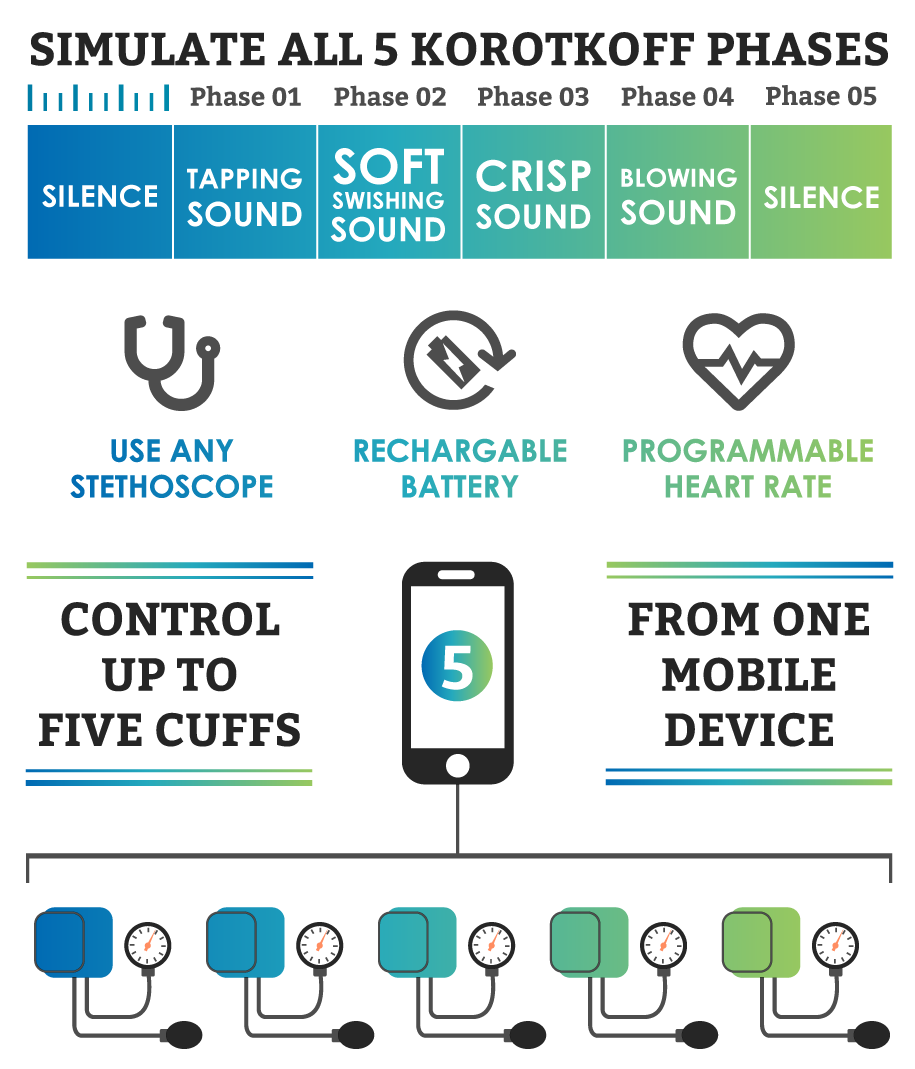
Proper Blood Pressure Measurement
Accurate blood pressure measurement is considered one of the most crucial of regular medical tests, yet studies indicate the most common method of blood pressure measurement is often inaccurate. These studies have found participant knowledge inadequate in order to properly perform blood pressure measurement, allowing room for an imperative issue: medical error.
Misdiagnosis of high blood pressure can lead to patients being prescribed unnecessary medications. While misdiagnosis of low and/or normal blood pressure can be a missed opportunity for lowering a patient’s risk of cardiovascular disease, which can lead to strokes, heart attacks, or kidney disease.
KbPort recognized the need to empower learners, our future healthcare professionals, to have the tools necessary to improve the lives of patients. KbPort BPSim fills the current academic gap by realistically simulating blood pressure and providing instructors with the ability to accurately assess blood pressure measurement.
Accurate blood pressure readings are necessary to make precise clinical decisions.
BPSim is a trademark of KbPort LLC





Proper Blood Pressure Measurement
Accurate blood pressure measurement is considered one of the most crucial of regular medical tests, yet studies indicate the most common method of blood pressure measurement is often inaccurate. These studies have found participant knowledge inadequate in order to properly perform blood pressure measurement, allowing room for an imperative issue: medical error.
Misdiagnosis of high blood pressure can lead to patients being prescribed unnecessary medications. While misdiagnosis of low and/or normal blood pressure can be a missed opportunity for lowering a patient’s risk of cardiovascular disease, which can lead to strokes, heart attacks, or kidney disease.
KbPort recognized the need to empower learners, our future healthcare professionals, to have the tools necessary to improve the lives of patients. KbPort BPSim fills the current academic gap by realistically simulating blood pressure and providing instructors with the ability to accurately assess blood pressure measurement.
Accurate blood pressure readings are necessary to make precise clinical decisions.
